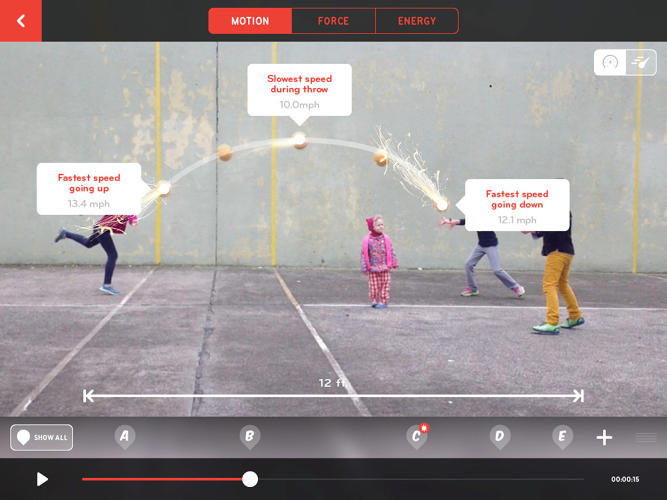- Video Annotation Tools: VidBolt, VideoANT, or SocialBook. Adeline Koh has a nice article on using VidBolt in the classroom over on ProfHacker.
- Film Annotation with SocialBook - read about it here on ProfHacker.
- Text / Website / Collaborative Annotation Tools: Hypothes.is, nb, Annotation Studio, eComma, Axiom, Diigo, Classroom Salon, or Lacuna Stories.
Update (14 January 2016): Maha Bali has a nice comparison of Hypothes.is vs. Diigo over on ProfHacker.

